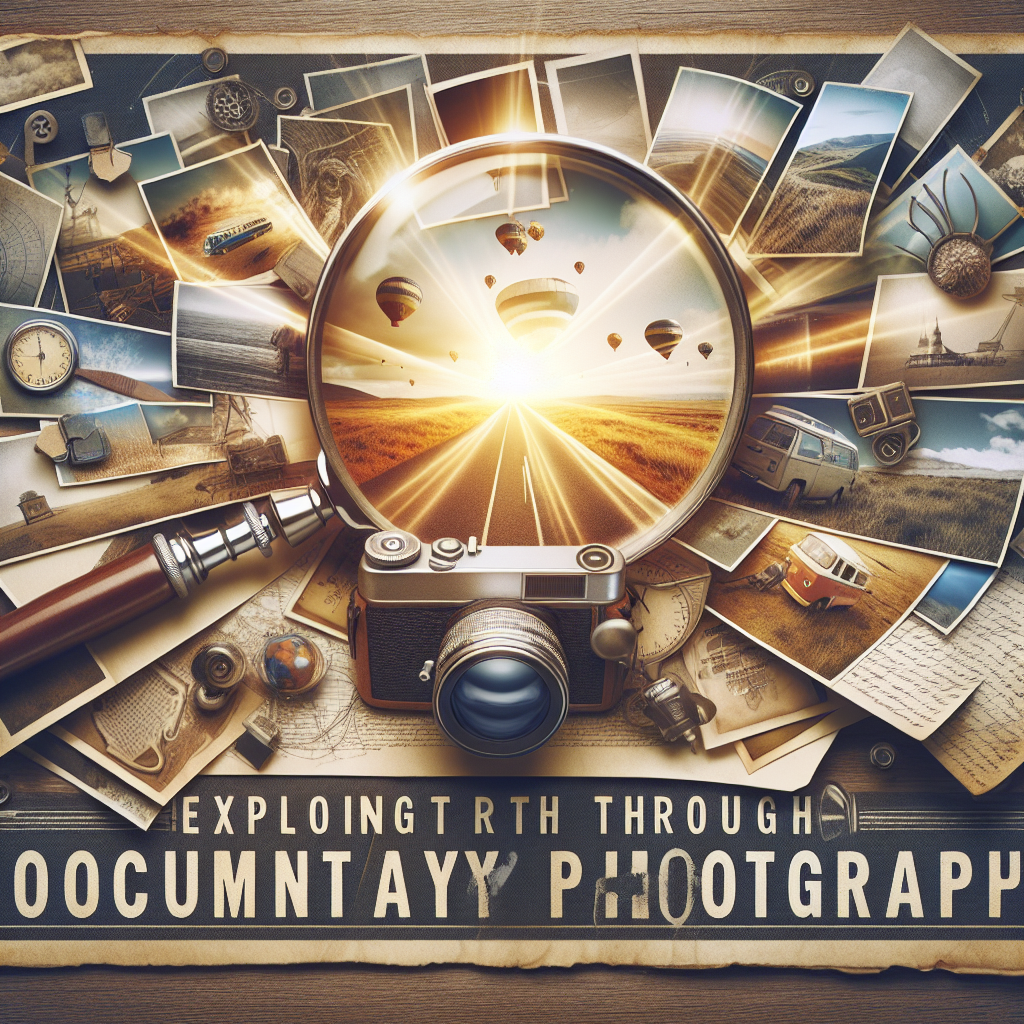Documentary photography is an important medium through which history, society, and cultural expressions are explored and preserved. It serves as a connection between the past and the present, offering viewers a deep and immersive exploration of the truth. These photographs often cleverly combine elements of time, place, people, and actions to tell rich and complex stories.
Understanding Documentary Photography
At its core, documentary photography aims to chronicle events, environments, and people in their natural state, unaltered and uninfluenced by the presence of the camera. It attempts to capture the reality and present it as candidly as possible. The objective of such pictures is not just to depict but to communicate and provoke thought and action.
In the words of the renowned photojournalist Dorothea Lange, “The camera is an instrument that teaches people how to see without a camera.” This statement encapsulates the essence of documentary photography. It urges us to observe, understand, and appreciate the overlooked aspects of life.
Role in Understanding Reality
Documentary photography allows us to see beyond the apparent. It acts as a visual record of the world, often highlighting issues that otherwise remain concealed or ignored. These images create an immediate, personal connection, driving home the reality more effectively than words can. They embody the phrase “a picture is worth a thousand words,” depicting the harsh and beautiful truths of life with unparalleled honesty.
Through documentary photography, we can explore places we’ve never been, understand cultures we’re not familiar with, and experience situations we’ve never encountered. It promotes empathy, awareness, and a more profound understanding of our diverse world.
Truth and Objectivity
While documentary photography seeks to portray reality, it is essential to remember that the notion of ‘truth’ in photography can be subjective. It depends on the perspective of both the photographer and the viewer. What is perceived as reality by one may not be the same for another. Therefore, ‘truth’ in documentary photography can be regarded not as an absolute but as a representation of the photographer’s view of the reality.
As viewers, we must approach such photographs with an open mind, recognizing the inherent subjectivity involved while also appreciating the effort to capture and convey the reality. It’s a complex interplay of truth and perception, grounded in reality but elevated by emotion and artistic interpretation.
Documentary photography is a powerful tool for exploring and conveying truth. It goes beyond mere representation, deepening our understanding of the world around us and promoting dialogue and change. As viewers, it’s our responsibility to decode these images, engage with their narratives, and reflect upon their implications. While recognizing the inherent subjectivity, we should appreciate the singular vision of the photographer and the thought-provoking truths these images represent.
FAQs
Documentary photography aims to chronicle and convey the reality of a situation, person, or environment. It explores and presents truths through the lens, promoting understanding, empathy, and action.
The ‘truth’ portrayed in documentary photographs can be subjective, reflecting the perspective and interpretation of the photographer. Hence, viewers should approach these images with an open mind, understanding the inherent subjectivity involved.
Documentary photographers often focus on social, political, cultural, and environmental issues. However, the ‘importance’ of a subject can vary, depending on the photographer’s view and intention.
Documentary photographers can influence perceptions, provoke thought, and inspire action with their work. Their images can communicate truths more effectively than words, breaking boundaries and impacting society.
Documentary photography primarily seeks to depict reality and convey truths. Unlike other forms, such as commercial or fashion photography, it is less about aesthetics and more about capturing and communicating a narrative.

